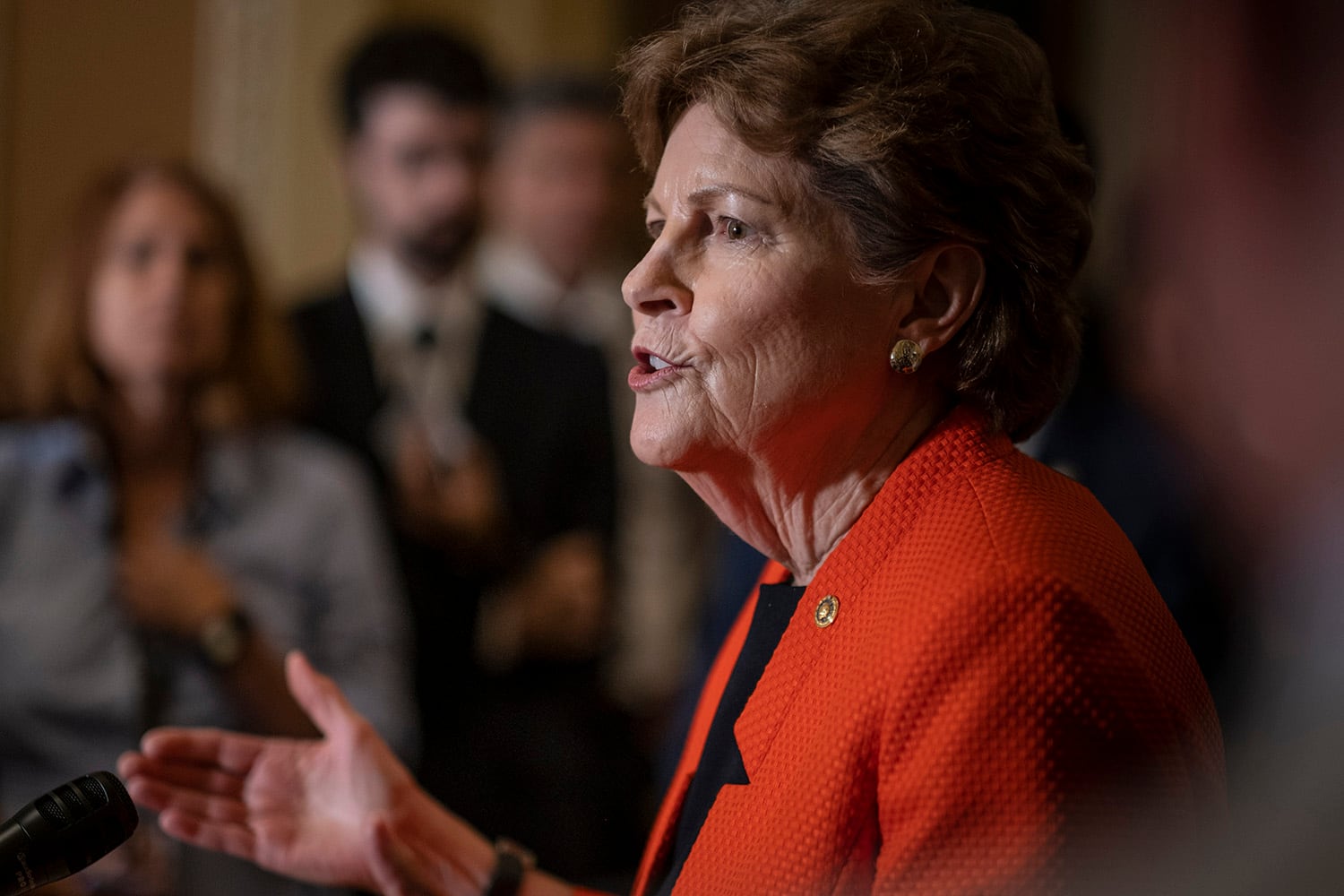With next year’s master chief selection boards just four months away, Navy officials have put a one-year hold on a mandate that would have prevented roughly 400 senior chiefs' records from being reviewed for advancement.
The requirement is simple. Anyone advanced to senior chief, starting in Fiscal Year 2017, is required to have graduated from the Navy Senior Enlisted Academy — or an equivalent service school — to be eligible for advancement to E-9.
Nearly 1,700 sailors advanced to senior chief that year, but the capacity at the Newport, Rhode Island, school hasn’t been large enough to meet demand and officials decided to waive the requirement for the upcoming boards.
“We are not eliminating the requirement, but at first blush, we look to be around 400 short on paper,” said Master Chief Petty Officer of the Navy Russ Smith (SW/IW/AW) in an interview with Navy Times.
“Though that’s a true figure, it fluctuates constantly with retirements, disciplinary issues and selection to officer programs. But even so, we don’t want to get to the point of someone being disadvantaged for something out of their hands.”
The waiver is for this year only, Smith stressed. It was tucked into NavAdmin 271/18, released Nov. 8, announcing the details for the upcoming calendar year’s active and reserve E-8 and E-9 selection boards, which will be held in March and April.
RELATED

The waiver gives the first wave of nearly 1,700 senior chiefs — those who advanced to E-8 off the Fiscal Year 2017 board — an extra year to get to the school. They will become time-in-rate eligible for E-9 when the Fiscal 2020 boards convene in Millington this coming spring.
This mandate was set in motion in 2014 by then Master Chief Petty Officer of the Navy Mike Stevens (AW/NAC). He set the Navy on the path to the requirement because senior leaders value the education provided there for the service’s most senior enlisted sailors.
“I didn’t know what the Senior Enlisted Academy had to offer until I attended, and like a lot of master chiefs out there, I didn’t think it was something I needed,” Stevens told Navy Times in early 2014. “But after I went and graduated, I realized I was wrong — that it is a great school and actually something I did need and it has helped me immeasurably ever since.”
At the time, the Navy Senior Enlisted Academy was operating below capacity, graduating about 450 sailors annually.
When the requirement was created, the service averaged around 1,400 E-8 advancements each year. So officials reworked the school to add more distance education but coupled it with a final phase that required three weeks of study in Newport.
Officials hoped that the reforms would hike the number of graduates annually to about 1,200 sailors. In the following years, however, the number of advancements to E-8 grew because the Navy increased end strength.
RELATED

“We realized we had a capacity challenge that came with the requirement, and even with last year’s adjustment, which gave one week back to the fleet and increased throughput to an additional class per year, we realized we didn’t have enough capacity, yet, to make the requirement a reality,” Smith said.
While the adjustments raised the annual capacity to 1,300, that’s still 400 short of the number of new senior chiefs advanced annually, even if the sailors have a three-year window to attend the course.
By 2020, however, officials hope that planned expansion of the school’s facilities will allow it to graduate around 2,100 sailors.
“This will give us enough maneuver room to make this work in any environment, to include our growing Navy and future uptick in promotion opportunities,” the MCPON said.
Smith said the waiver is a “one-year hiccup” and says there are no plans to extend it in the future.
“The commitment to having the requirement hasn’t changed,” Smith said. “We feel it’s critical that all our senior enlisted sailors attend either the Navy Senior Enlisted Academy or an equivalent course offered by our sister services . We’ll be a better Navy when they do.”
Mark D. Faram is a former reporter for Navy Times. He was a senior writer covering personnel, cultural and historical issues. A nine-year active duty Navy veteran, Faram served from 1978 to 1987 as a Navy Diver and photographer.




